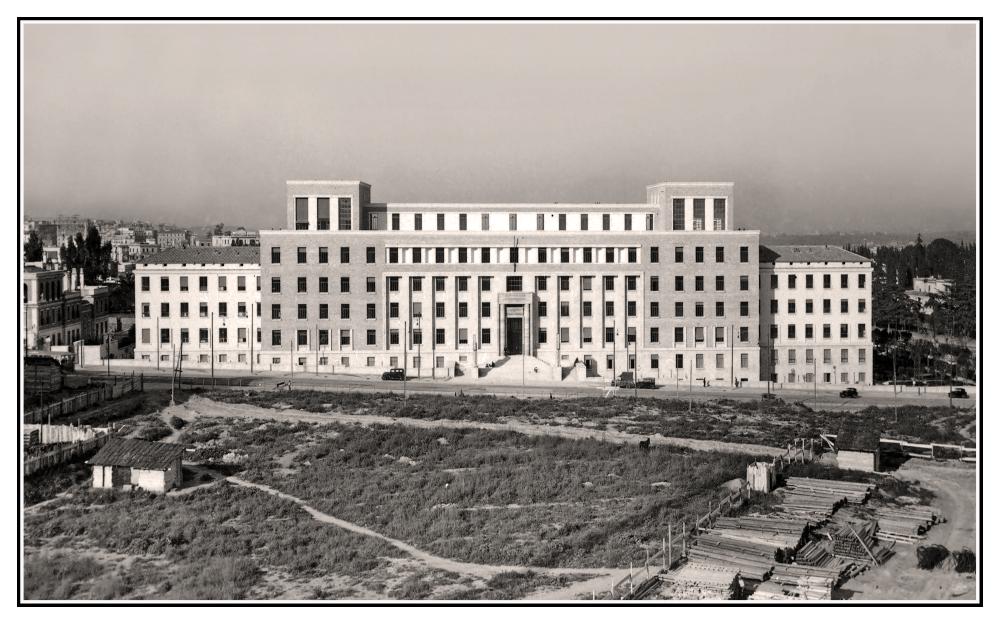
To understand the role and value of the Istituto Superiore di Sanità (ISS, the National Institute of Health in Italy), today the main research body for public health in Italy, it is necessary to take some steps back in time, to the early years of the last century when there was no national health service and the protection of citizens' health was not yet perceived as an essential element for the development of the country.
The Institute of Public Health - which later took the name of the Italian National Institute of Health in 1941 - was officially born in 1934, based only in Rome, under the responsibility of the Ministry of the Interior.
At that time, Italy was still a country with a high percentage of illiterate people, with huge regional and gender differences, with an average life span of just over 50 years, still affected by malaria that claimed thousands of victims.
A laboratory of health physics, known as the Radio Office, because it dealt mainly with the control of radioactive substances, was hosted at the University of Physics at via Panisperna, and was directed by Orso Maria Corbino, so-called "the Godfather" because he was a very influential person both as an academic and as a politician. The "boys", destined to become famous, worked with him: Enrico Fermi, Nobel prize for physics in 1937, called "the Supreme Pontiff" for his authority, Franco Rasetti, "the Cardinal Vicar" because he was number two after Fermi, Emilio Segrè, also a Nobel prize winner, and Edoardo Amaldi, called "the Abbots", and Bruno Pontecorvo, "the Cucciolo" because he is the youngest of all. We recall here the Physics Laboratory because it was later transferred to the ISS and represented an important nucleus for its subsequent development. Fermi himself spent some years at the Institute contributing to his national and international prestige. Giulio Cesare Trabacchi, Corbino's assistant, had been appointed to head the Radio Office at via Panisperna, who as head of public health had more substantial financial resources than those of the university and for this reason he was nicknamed "the Divine Providence". All appellatives of Catholic origin. Trabacchi then became the Director of the prestigious ISS Physics Laboratory.
Another important health research activity that led to the birth of the Institute was the fight against malaria, one of the great scourges of the period. To carry out research on malaria, an experimental station was set up that operated in various locations. The Italian doctor Alberto Missiroli directed the station which was supported by funding from the American Rockefeller Foundation. It was thanks to this link between the Italian and American governments that at the end of the 1920s it was possible to plan and then implement the foundation of the ISS.
With the health reform of 1978, the Institute became a technical-scientific body of the National Health Service (SSN), starting to face the transformations necessary to respond to the growing decentralization of health that entrusted increasingly important tasks to the Regions.
Over the years there were many structural transformations of the ISS which became a public law entity in 2001 and was renewed again in the structure and objectives in 2016 to respond to the changing needs of health and the needs of the country.
The Institute, employing 2500 people today, grew very quickly in its commitment to public health by taking on responsibilities in various areas, from the control of drugs and vaccines, and the study of diseases and the environment, to the safety of food and animals and much more, representing today a complex structure, unique in its kind, able to respond with scientific evidence to the requests of the various stakeholders, from the world of research, to political decision-makers, and to citizens.
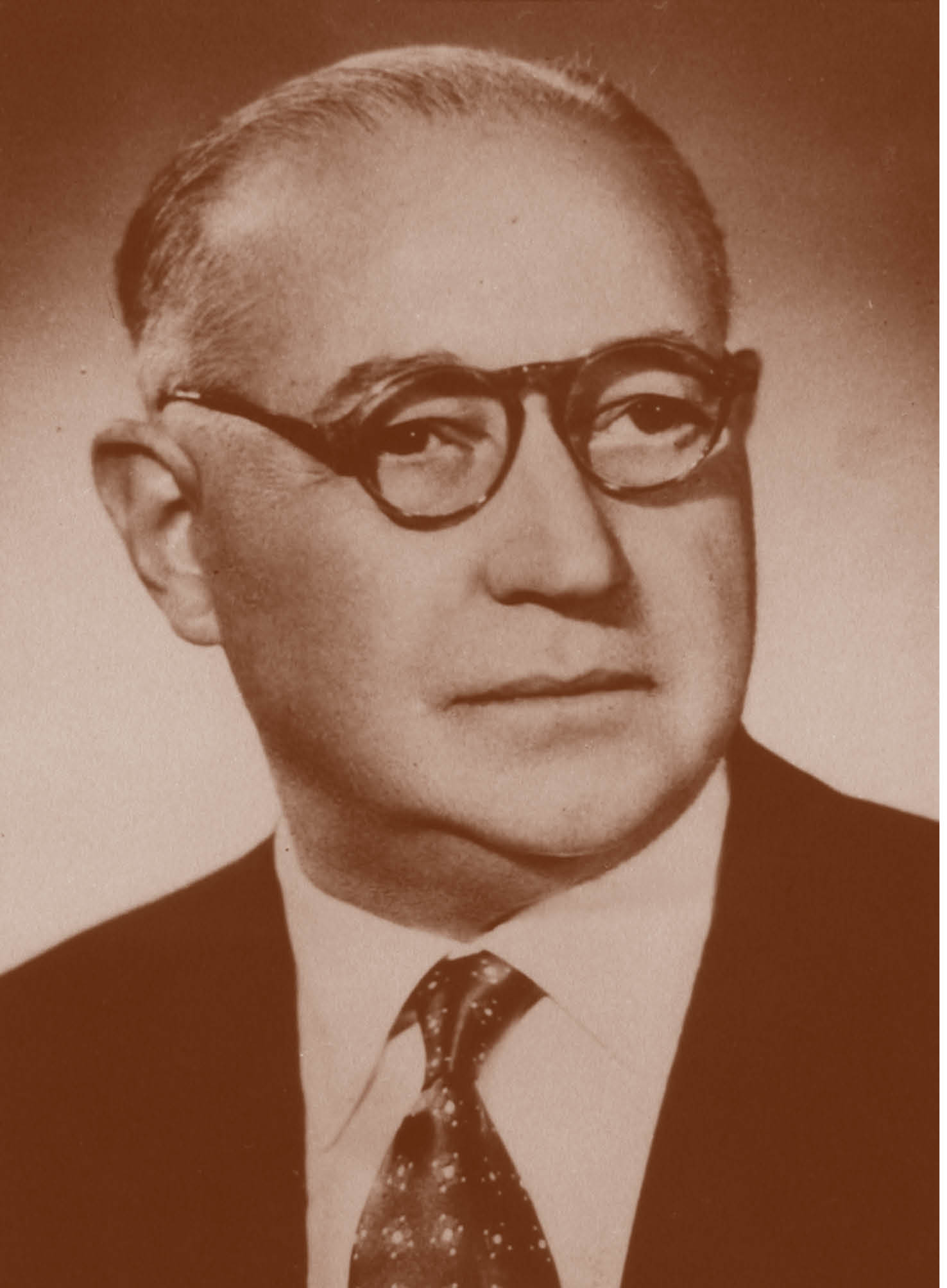
It is under his direction that 4 Nobel laureates worked in the Institute, 2 of which, Ernst Boris Chain and Daniel Bovet were specifically called by him to take on positions that guaranteed the Institute a great international visibility.
The main activities of the Institute in its first years of life concerned microbiology for the control of infectious diseases, health physics and the control of radioactive substances, chemistry, mainly for the control of food and malariology. Over the years, increasingly effective strategies were developed to fightvector insect, which led to a sharp decrease in malaria cases, mainly thanks to the use of DDT (the danger of which was not yet known). In 1971 the World Health Organization (WHO) declared Italy a country completely free from malaria.
The ISS in the last century was a place in which craftsmen still worked alongside the Nobel laureates; for example, we would like to mention the glass blower which built on request the tools necessary for research, the electricians and the carpenters who directly solved the problems of building maintenance and often built the necessary furniture; there were also seamstresses so that at official receptions they used dishes and tablecloths with the ISS logo.
There was also room for culture, and numerous purchases were made of rare paintings, sculptures and books, now proudly displayed in the Library and in the recent Museum, as well as in the reception rooms. As has been mentioned in numerous interviews given by pensioners at the end of the last century, employees were also friends and in solidarity, there was great respect for everyone's work and they were ready to collaborate "as in a large family". At Christmas there were Befana's gifts for the employees' children, but only the researchers could climb the marble stairs of the central building; the workers had to wear yellow overalls ... they worked on Saturday morning, there was a single telephone on the landing for the employees, and a switchboard to request long distance calls.
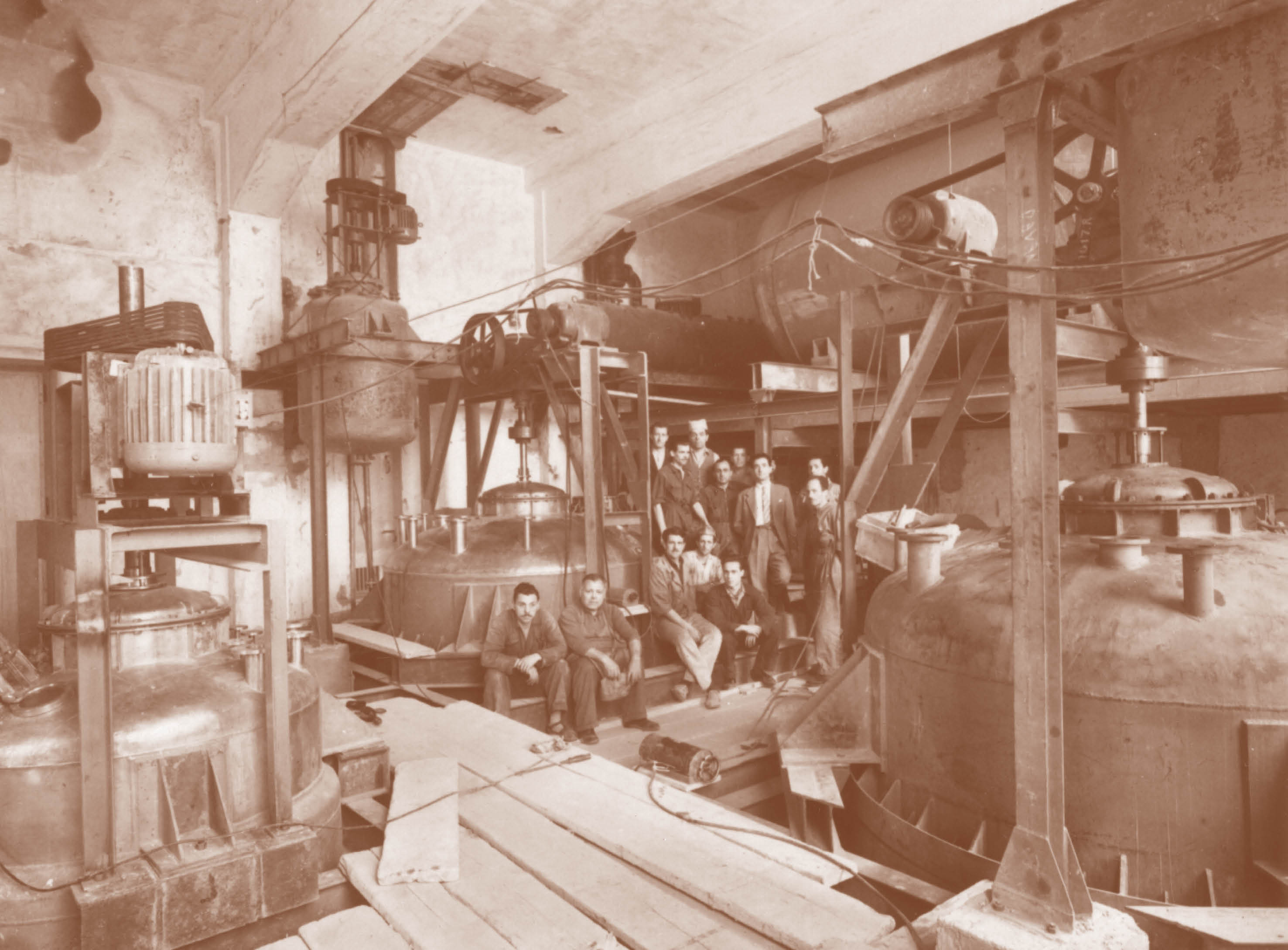
The ISS has always developed an intense international and congressional activity, and since it’s early years it has played a leading role in the training of health personnel.
A few years after its foundation, in 1938, the scientific journal "Rendiconti dell'Istituto di Sanità" was founded, a testament to the great commitment to production and dissemination of scientific information. The reports were also published during the war, and still today under the name of "Annals of the Istituto Superiore di Sanità" (since 1961) the magazine punctually publishes articles of relevance for public health. The commitment on the editorial side has grown over time with the production of technical reports, newsletters, series of historical interest and material for schools, all online today. Numerous contributions were also made by ISS researchers in the most prestigious international journals in the biomedical sector. A recent analysis of the Web of Science data (April 2017) reveals physics as the dominant sector in publications impacted in the first half of the last century. Subsequently, there was a greater production in the area of chemistry and biology, but has since become increasingly multidisciplinary. Numerous and important ISS publications at the national level, together with those of international value are now stabilized around 1300 per year.
Between the late 1960s and the early 1970s, after a series of harsh scientific and political confrontations on the location and destinies of the Institute, the Institute's reform law (No. 519/1973) created room for a relaunch and strengthening of its activities. The new address of the institution was further supported by the law establishing the National Health Service (n. 833/1978) which assigns the ISS the role of technical-scientific body of the service itself, reporting directly to the Minister of Health, a role it still holds today.
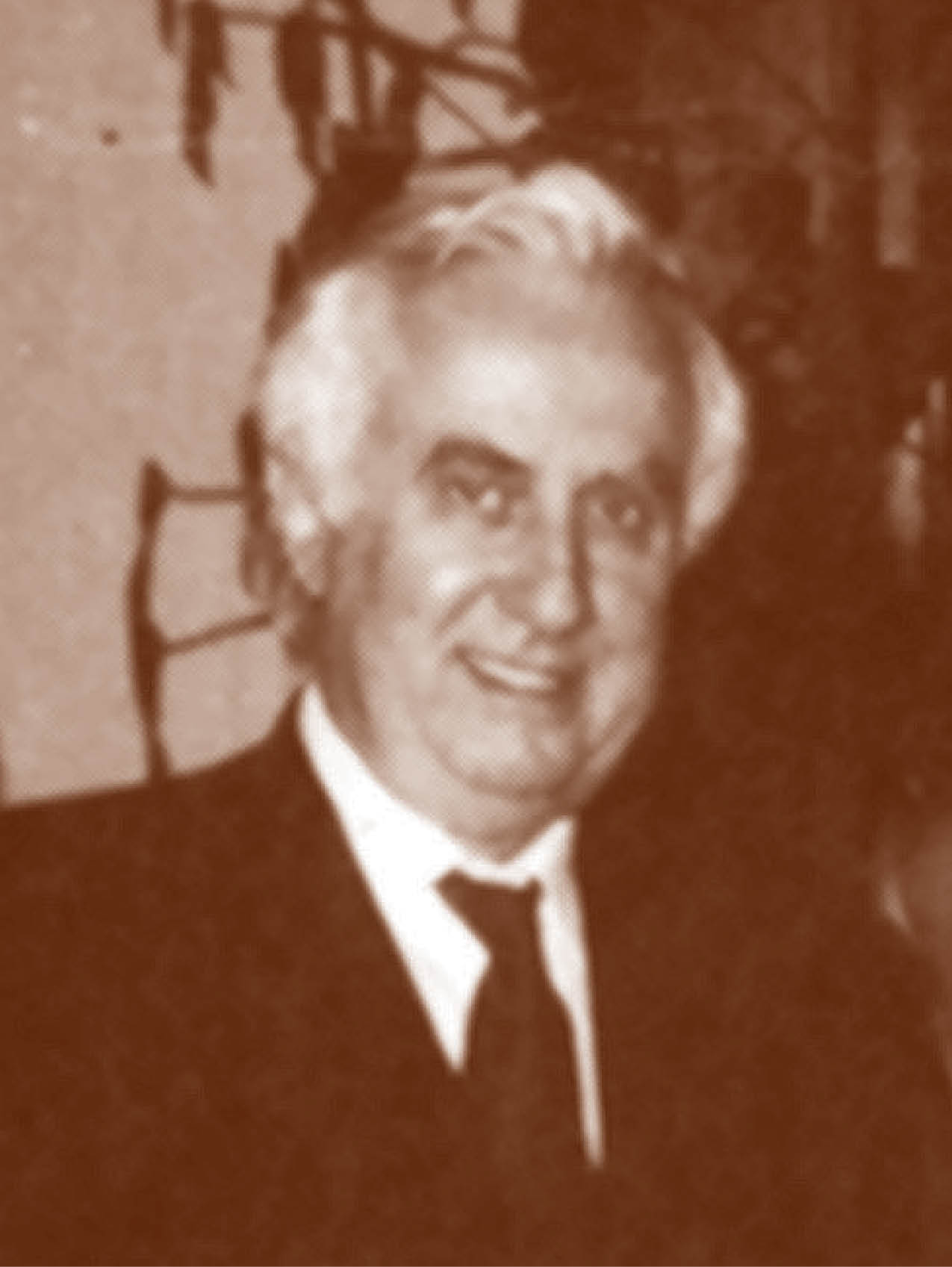

We recall the cholera epidemic in Naples in 1973 and the coordination of epidemiological observers for infectious diseases; the accident of the ICMESA factory in Seveso in 1976 with dioxin leakage in which the ISS intervened promptly taking an active role in delimiting the contaminated areas and in assessing the risk to the health of the population; the Irpinia earthquake in 1981 in which the ISS drew up a plan to overcome health emergencies and intervened in the field with its experts; the Chernobyl disaster, in 1986, in which the ISS assesses the contamination data on Italian territory.
After the sudden death of Francesco Pocchiari, numerous directors alternated, Francesco Antonio Manzoli, Giuseppe Vicari, Aurelia Sargentini - the first and only female director of the ISS for a very short period - Giuseppe Benagiano. Each offers its own contribution in a country that is not without contradictions.
In 2001, the new organization of the institution (DPR 70/2001) provides for a President and a Director General. Enrico Garaci will face the challenges of change in his role as first ISS President for over 10 years.
National and international collaborations are developed for projects of excellence, for the production of scientific evidence for the promotion and protection of the health of the community.
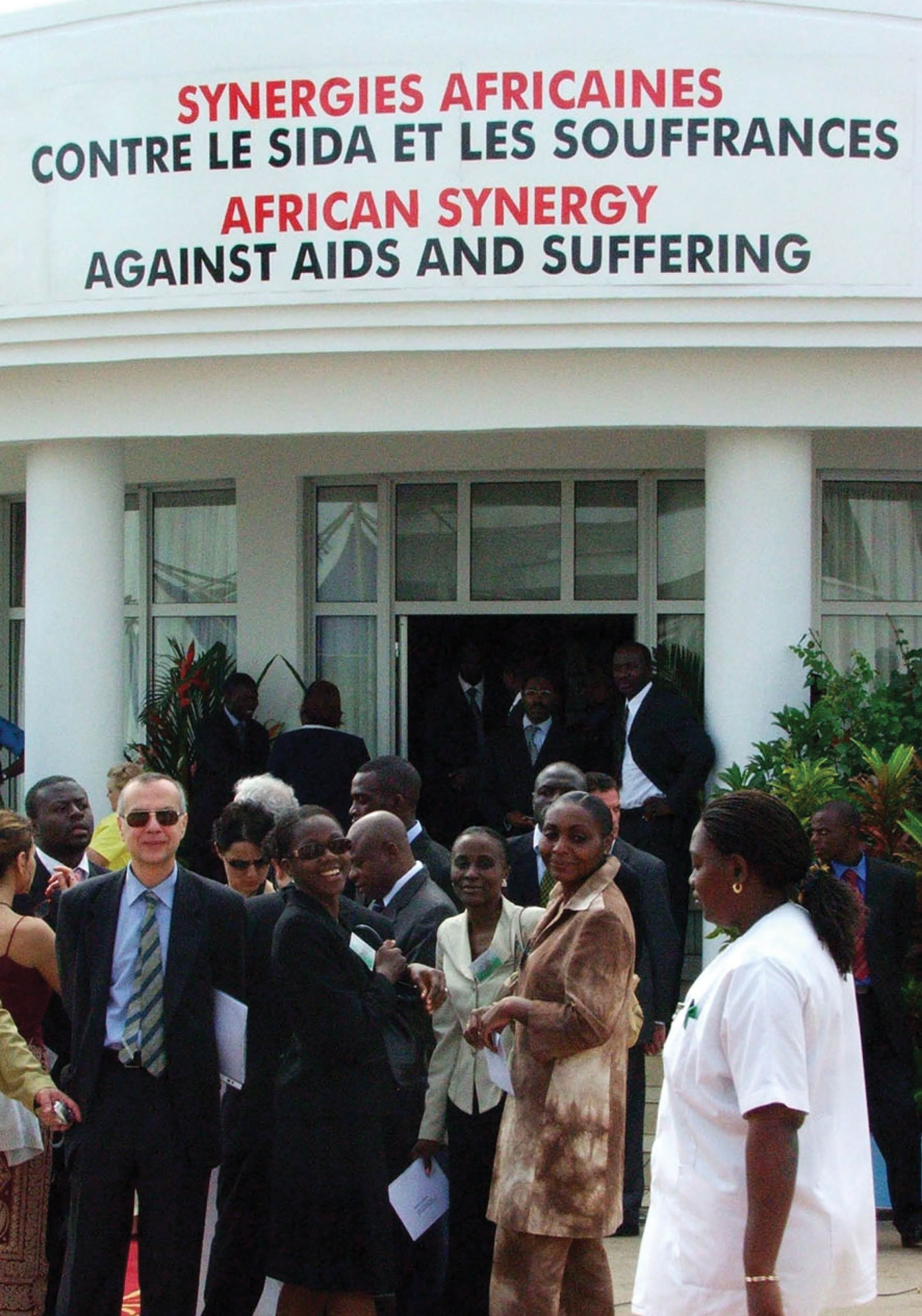
Cardiovascular and pulmonary risk papers are created which take into account individual risk factors and lifestyles. Green telephone services are developing in the fight against smoking, drugs, alcohol, which open a direct dialogue with the citizen. The commitment to rare diseases is strengthened. Evaluations of the quality of health services are carried out to stimulate the improvement of the services rendered through the comparison of the results obtained, which must be public for operators and for the community. These are the years in which open access policies are affirmed, and the need to share research data, years in which the commitment on the communication side is also strengthened.
All activities destined to develop and expand to lead to the definition of the new role of the ISS for the health of Italians, in a changed scenario in which the population has aged, the chronically ill increase, there is the paradox of having more and more innovative and effective therapies available but limited resources to purchase and use them, thus increasing health inequalities.
The Institute today is capable of combining tradition and innovation by maximizing the human capital that works there. An Institute that proposes itself today as a center of excellence and a reference point for the health of all.
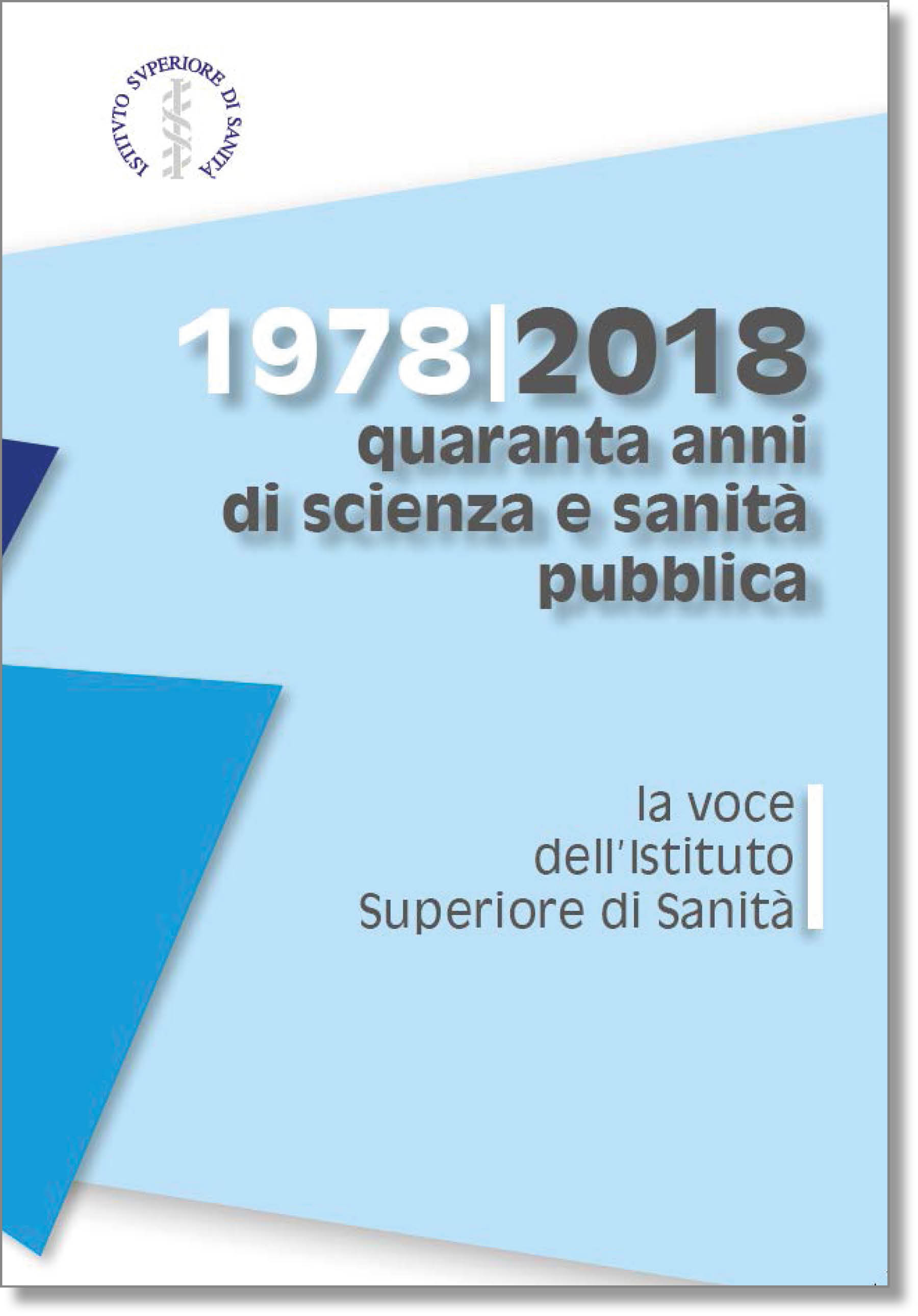
Silvio Brusaferro, in 2019, first Commissioner, then President, governs the Institute today, supported by the Director General Andrea Piccioli, with renewed commitment and energy to give value to the multiple activities that the ISS carries out in the service of health.
For further information
- Museum
- Publications of historic interest
- Multimedia archive
The archive includes collections of photos and videos of historical and current character to document the activity of the Istituto Superiore di Sanità from its foundation to the present.

